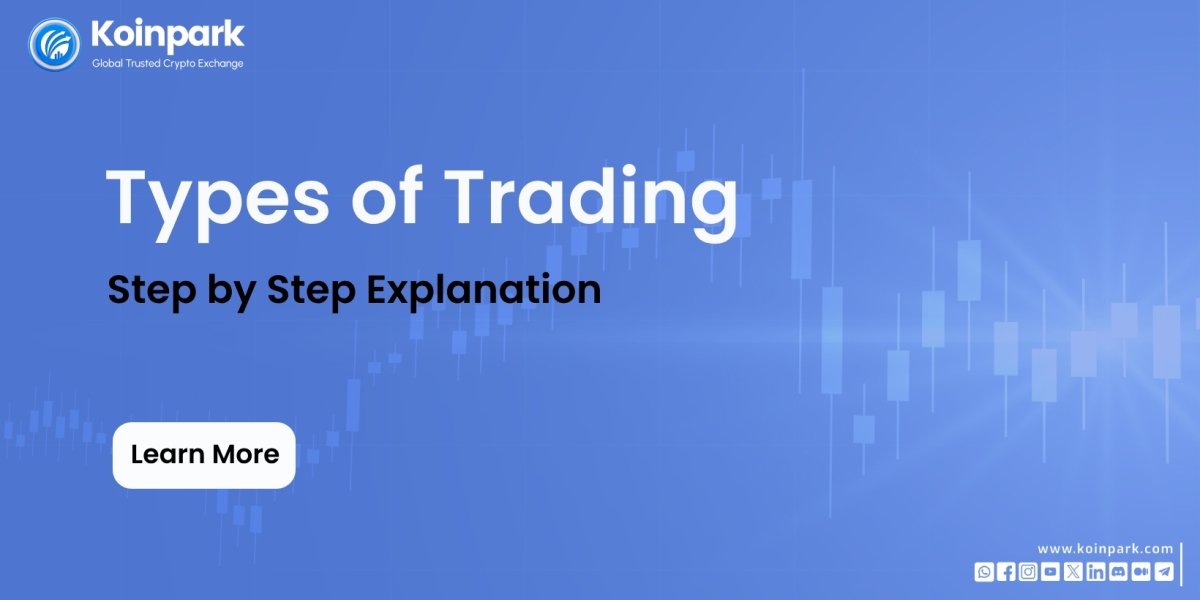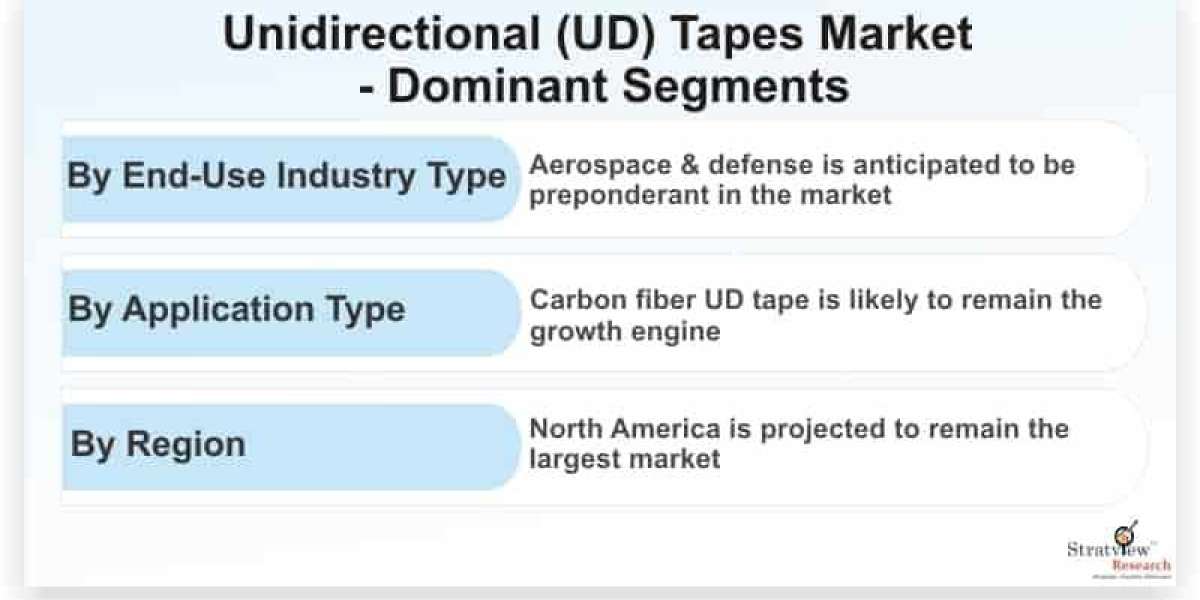Introduction:
In the dynamic world of finance, trading stands out as a captivating and potentially lucrative endeavour. In this comprehensive guide, we'll delve into different trading styles, exploring their characteristics, strategies, and suitability for different traders.
Day Trading:
Definition: Day trading involves the buying and selling of financial instruments within the same trading day.
Characteristics: Day traders aim to capitalize on short-term price movements and typically close out all positions before the market closes.
Strategies: Scalping, momentum trading, and range trading are common strategies employed by day traders.
Tools and Platforms: Day traders often rely on real-time market data, charting software, and fast execution platforms.
Swing Trading:
Definition: Swing trading involves holding positions for multiple days to weeks, aiming to capture short to medium-term price swings.
Characteristics: Swing traders focus on identifying trends and entering positions at key support or resistance levels.
Strategies: Trend following, mean reversion, and breakout trading are popular strategies among swing traders.
Tools and Platforms: Technical analysis tools, such as moving averages and trendlines, are commonly used by swing traders.
Position Trading:
Definition: Position trading involves holding positions for weeks to months, with a focus on capturing major market trends.
Characteristics: Position traders seek to profit from significant price movements driven by fundamental factors or macroeconomic trends.
Strategies: Fundamental analysis, trend analysis, and macroeconomic analysis play a crucial role in position trading.
Tools and Platforms: Traders may use a combination of fundamental data, economic indicators, and technical analysis tools.
Algorithmic Trading:
Definition: Algorithmic trading involves the use of computer algorithms to execute trades automatically based on predefined criteria.
Characteristics: Algorithmic traders rely on mathematical models and data analysis to identify trading opportunities and manage risk.
Strategies: High-frequency trading, statistical arbitrage, and trend following are common algorithmic trading strategies.
Tools and Platforms: Programming languages like Python, specialized trading platforms, and access to market data APIs are essential for algorithmic trading.
Trading in Global Crypto Exchange:
Trading on global crypto exchange offers access to a diverse range of digital assets, allowing investors to capitalize on the volatility and potential growth of the cryptocurrency market. With round-the-clock trading and global liquidity, these platforms provide opportunities for traders to participate in the evolving landscape of blockchain-based assets.
Token Listing:
Token listing on global cryptocurrency exchange provides projects with exposure to a wide investor base and increased liquidity, facilitating market access and potential growth opportunities. However, it also entails meeting stringent criteria, compliance with regulations, and navigating the competitive landscape of the crypto market.
Trading Pairs:
Trading pairs like BTC to INR and USDT to INR enable users to seamlessly exchange between cryptocurrencies and fiat currencies, providing flexibility and liquidity in the crypto market. These pairs facilitate price discovery and arbitrage opportunities, enhancing accessibility and efficiency for traders.
Read and Learn More: How to Buy Bitcoin in India
Buy Bitcoin Now : How to Buy Bitcoin in 2024









